Hermès Symbiose: Marie-Pierre Bernard’s Twelve Surrealist Bags
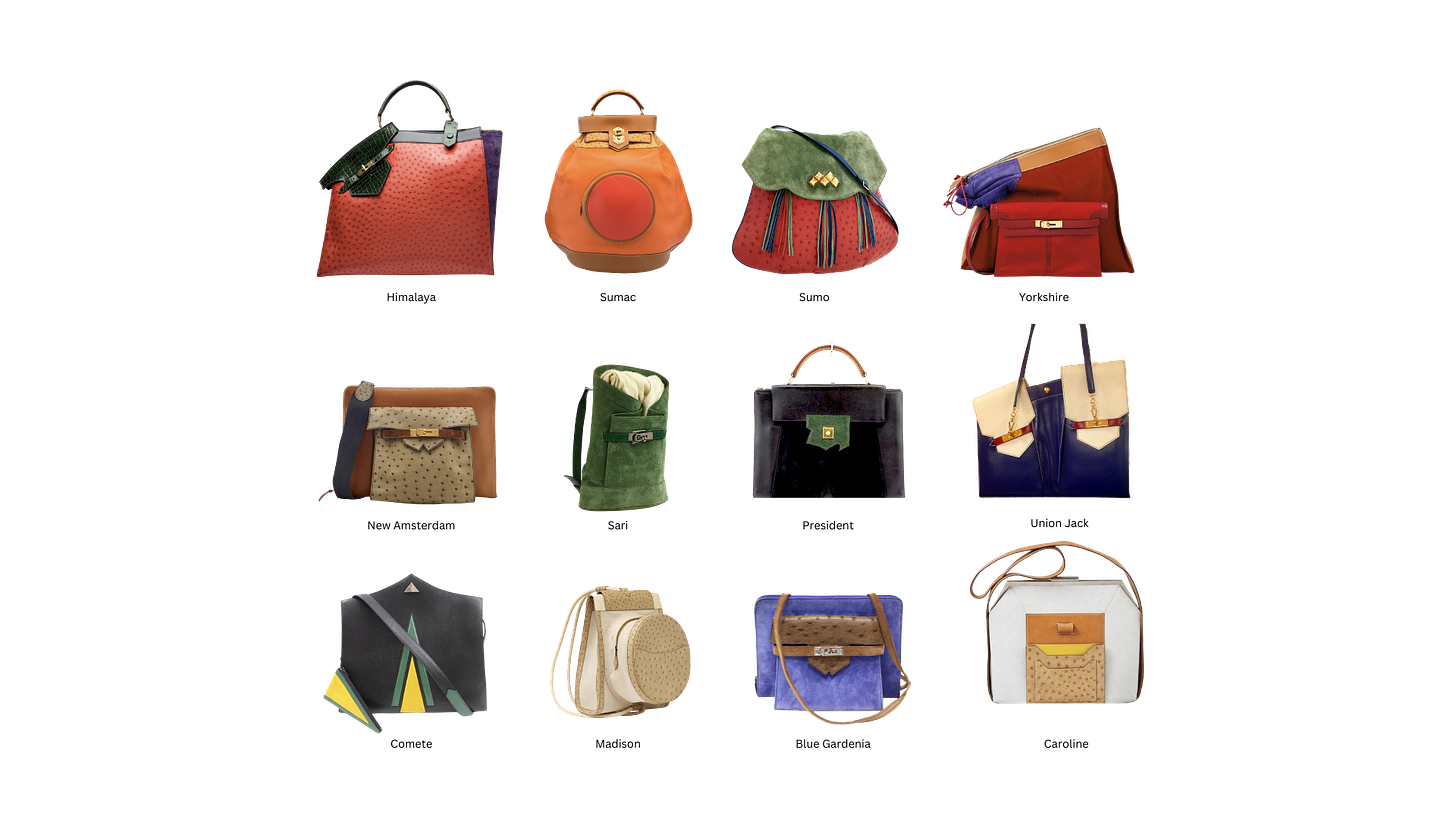
In BagWorld, few stories are as compelling as that of Marie-Pierre Bernard, the visionary sculptor behind Hermès’ little-understood Symbiose line. This tale braids haute couture with sculpture—creativity, constraint, and ultimate triumph.
Marie-Pierre—daughter of automotive patron Pierre Bernard—studied architecture and sculpture at the École des Beaux-Arts de Lyon. In 1986 she created Symbiose for Hermès: a suite of twelve ceremonial, surrealist bags that behave as wearable sculpture. Among them, the Himalaya bag emerged as the crown jewel, blurring the boundary between accessory and object.
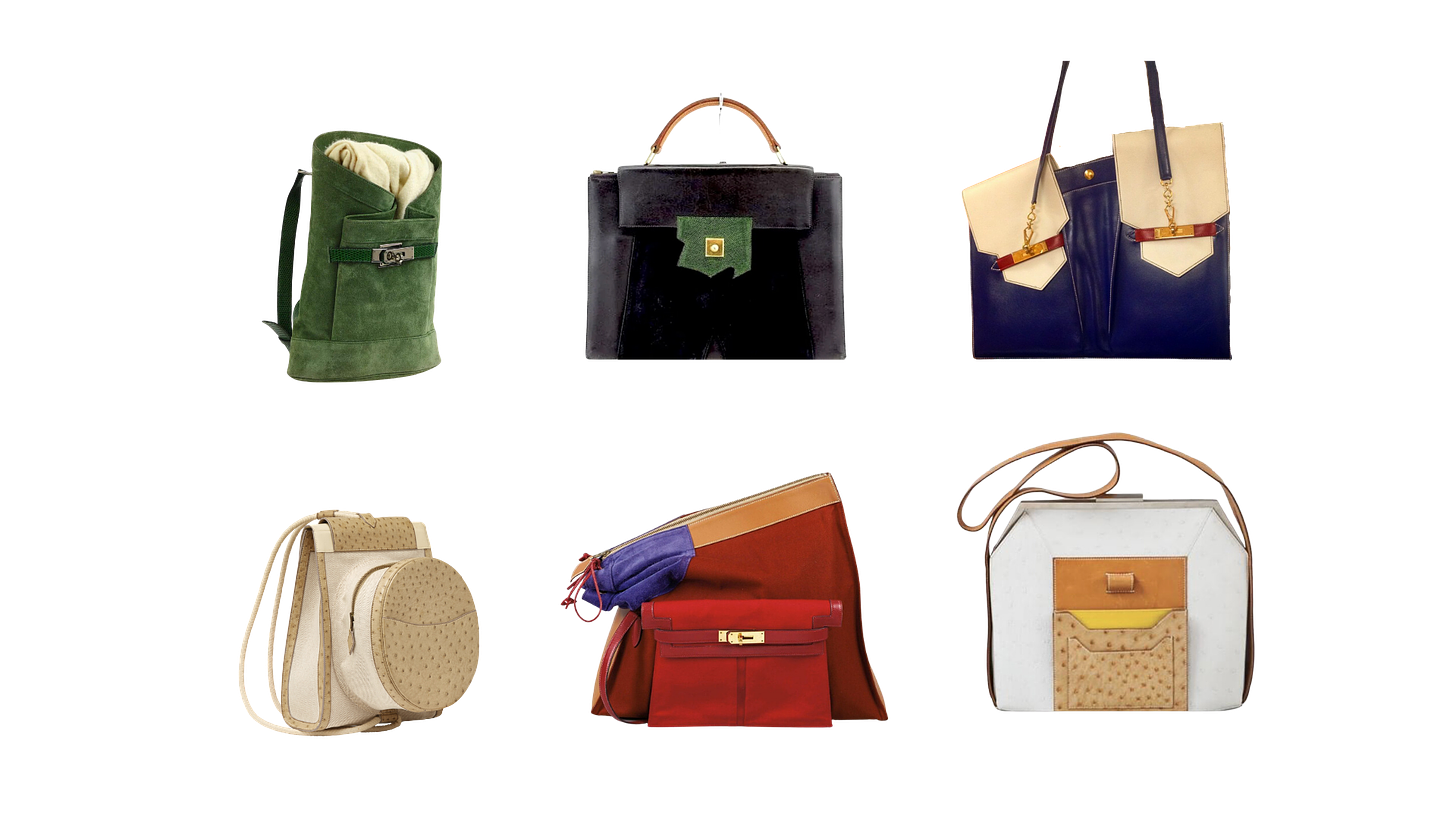
Backstory matters. Pierre Bernard’s patronage of futuristic architecture (notably Antti Lovag) shaped Marie-Pierre’s eye. Her 1982 debut under the banner Pour Échanger Quelques Mots (“To Exchange a Few Words”) earned acclaim for rare skins and daring forms—but the atelier shuttered following family upheaval. Resilient, she pivoted.
A New Chapter with Hermès
Inspired by her husband’s literary leanings, she wrote to Jean-Louis Dumas, invoking Cyrano de Bergerac. The letter led to an audience—and carte blanche. Initially constrained by house tradition, she scrapped early sketches days before deadline and leaned into her sculptor’s logic. Dumas approved.
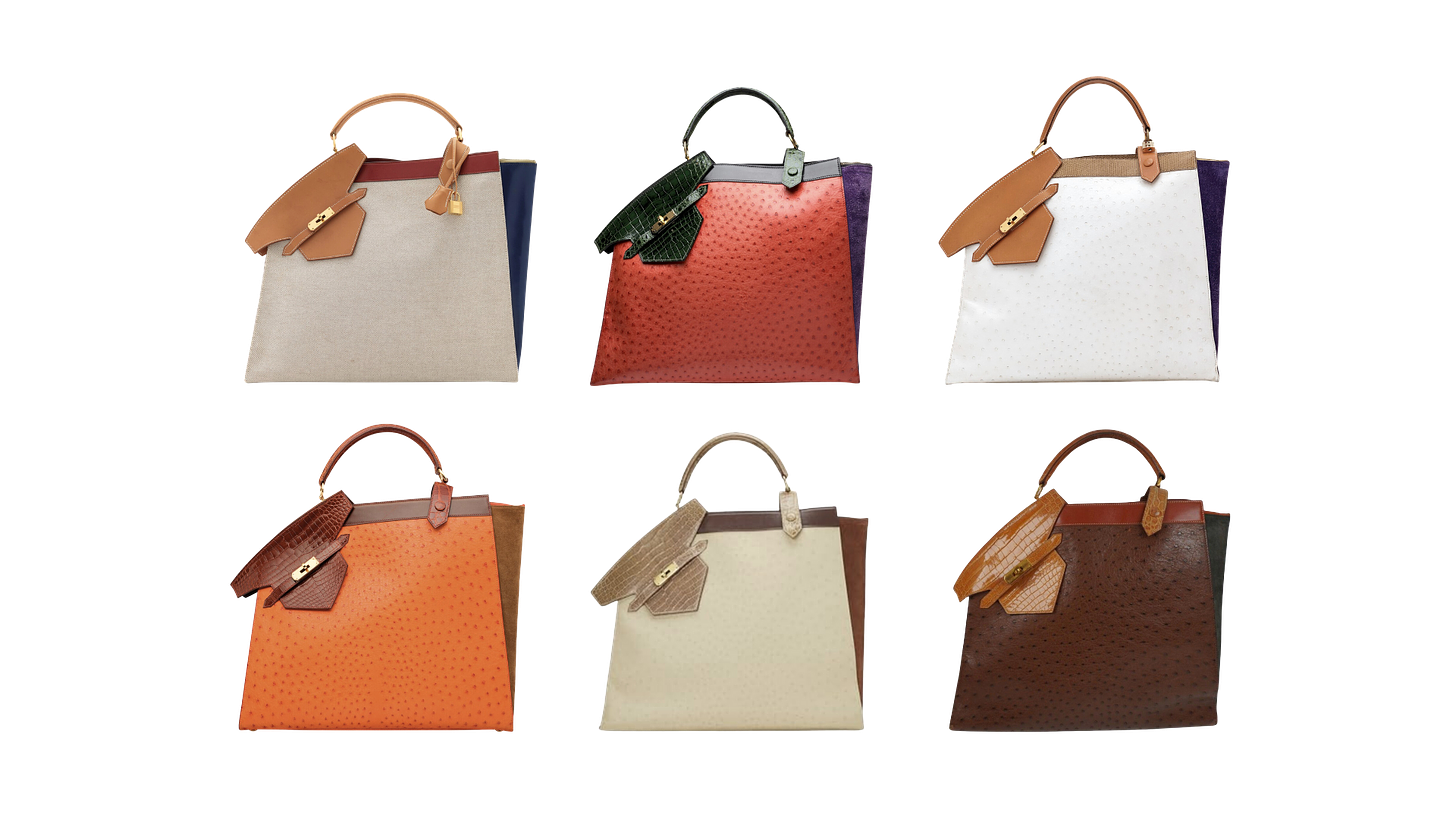
Dumas christened the premiere bag the Sac Himalaya—a nod to its summit-level ambition. Marie-Pierre approached each build like a sculpture: a precise orchestration of exotic materials and geometric structure.

The Legacy of the Symbiose Line
The twelve designs—some with variants—pushed Hermès into its most radical vocabulary of the era: asymmetry, contrast, and “harmonious chaos.” Initially met with awe, they now circulate as collector grails and scholarly references, inspiring contemporary one-offs and special orders across the house.

Further reading / source: arfon maison d'édition

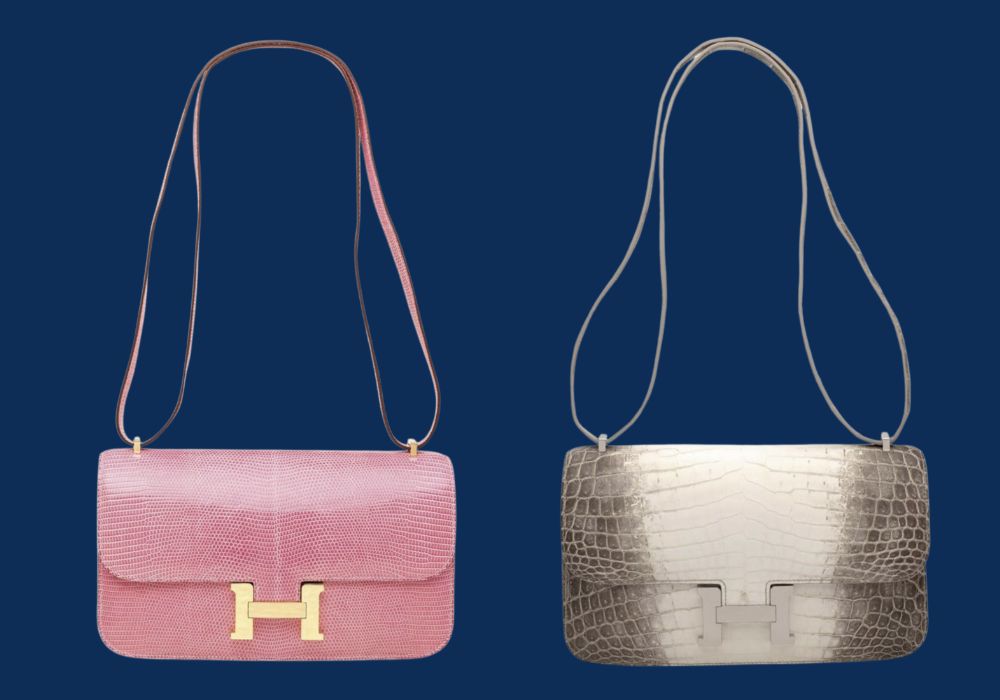
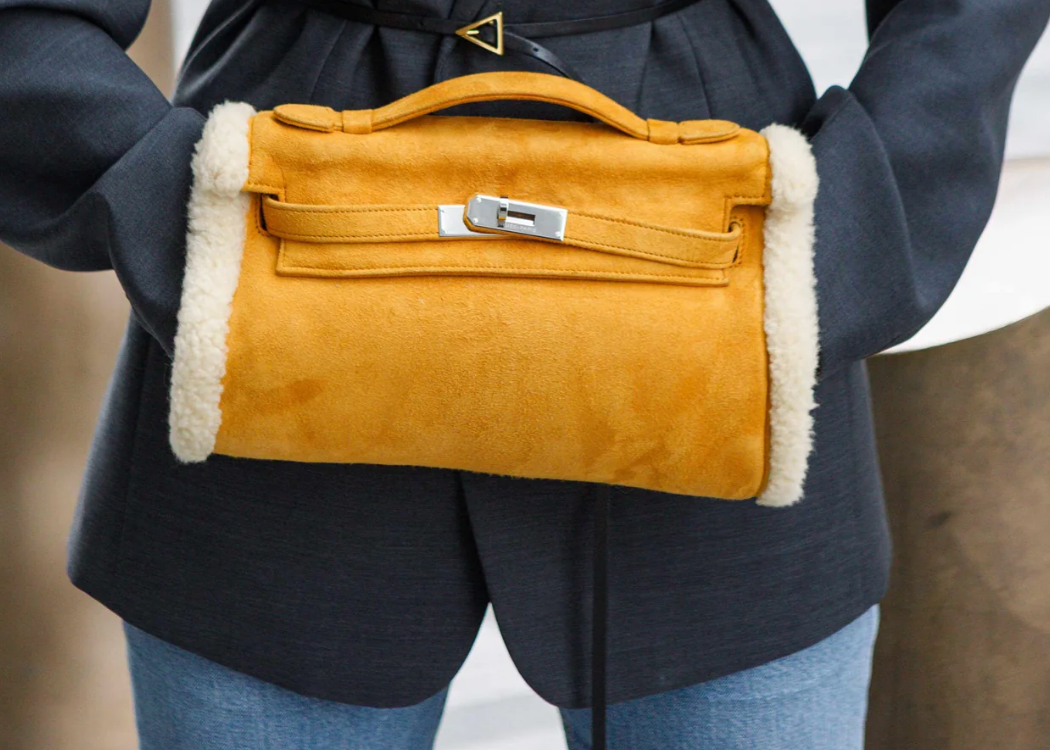
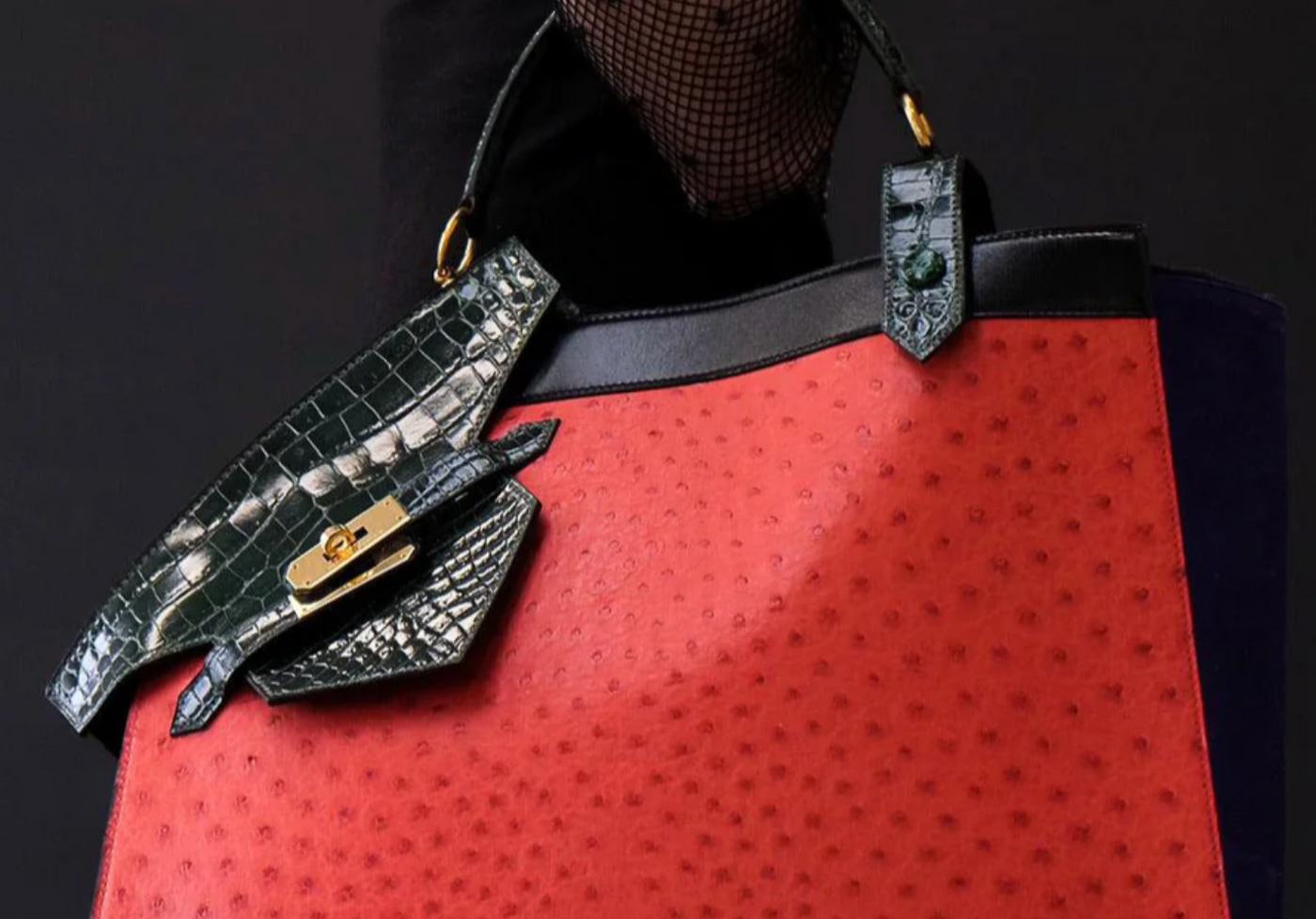
Leave a comment
This site is protected by hCaptcha and the hCaptcha Privacy Policy and Terms of Service apply.